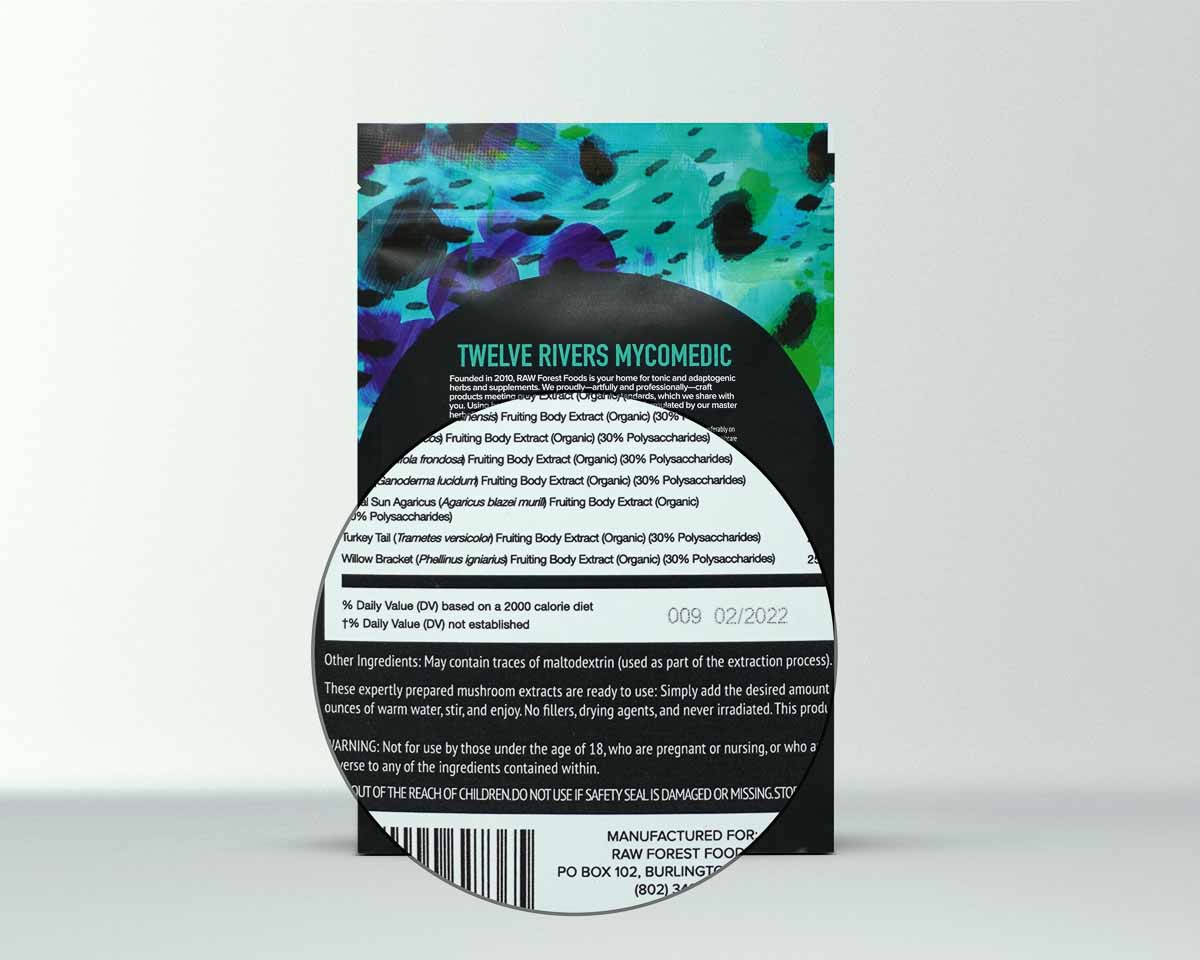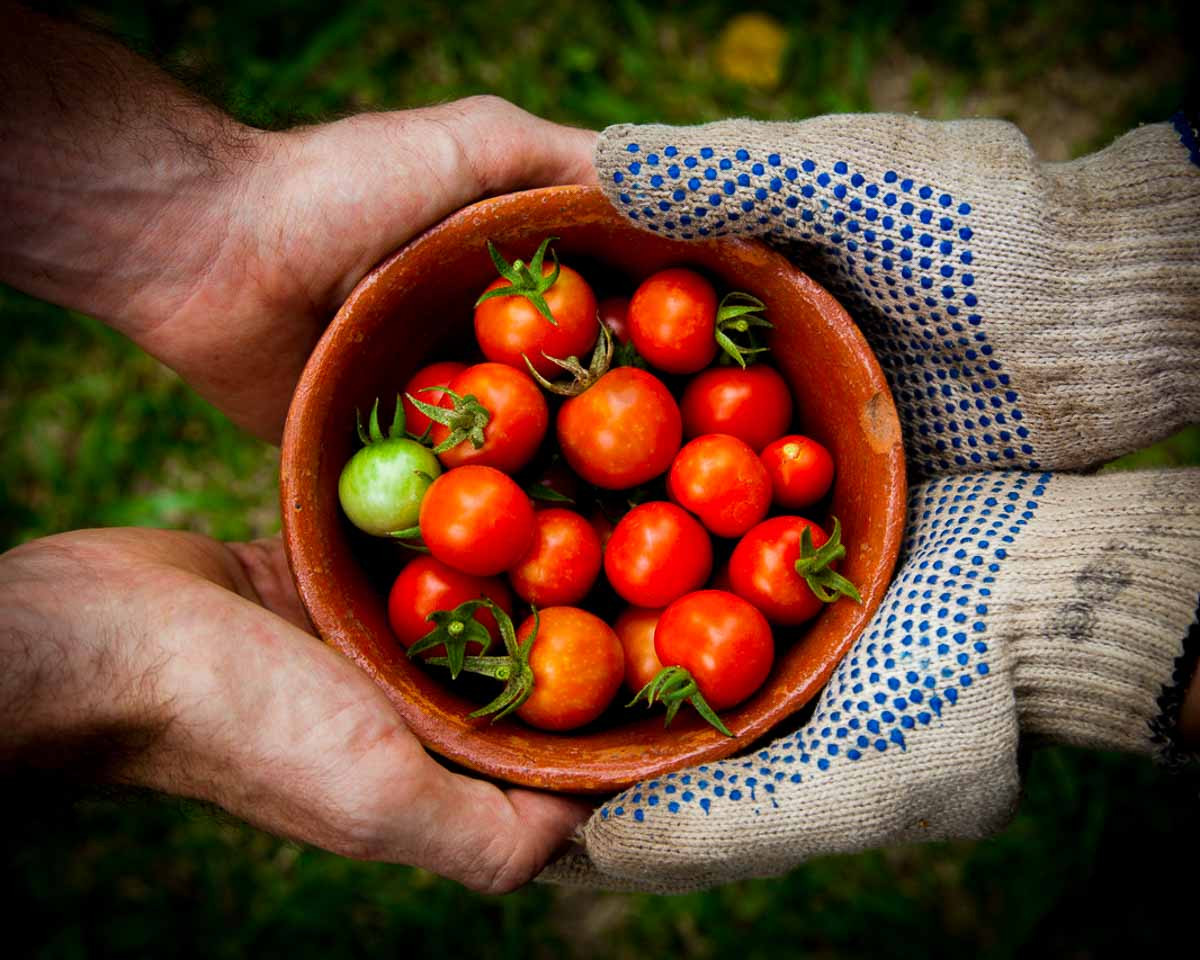Demystifying Maltodextrin: How It’s Used in Herbal Extracts
Navigating the Truth About Maltodextrin: An Informed Perspective
Understanding Maltodextrin: Unveiling the Facts
In the realm of health and wellness, certain terms can inadvertently become laden with negative connotations. Among these, maltodextrin is often misunderstood, conjuring images of a harmful additive lurking in our foods. RAW Forest Foods, a staunch advocate for informed choices in health, seeks to demystify maltodextrin, presenting it not as a villain but as a component worthy of a nuanced understanding.
What Exactly Is Maltodextrin?

Contrary to its notorious reputation, maltodextrin is essentially an innocuous substance. It is a powdered starch derived from food, which the body readily converts to glucose upon consumption. This characteristic means that maltodextrin is free from allergens and does not inherently pose health risks. The primary caveat with maltodextrin lies in its high glycemic index, which necessitates moderation in consumption, particularly for individuals managing their intake of simple carbohydrates.
Debunking Myths: The Role of Maltodextrin in Health
The narrative surrounding maltodextrin in the digital age is fraught with assertions linking it to various health issues. However, this perspective lacks nuance. The core principle that "the dose makes the poison" applies aptly to maltodextrin. While it is true that excessive consumption can disrupt gut microbiota and affect individuals with irritable bowel syndrome (IBS), these effects are dose-dependent and not indicative of maltodextrin's inherent danger.
The Origins of Maltodextrin Misconceptions
The skepticism towards maltodextrin and other food additives may stem from an innate caution humans have towards unfamiliar foods—a survival instinct that favors the avoidance of potentially toxic substances. This skepticism, while generally beneficial, can sometimes misdirect us, especially when it concerns additives like maltodextrin found in processed foods.
The Cultural Context of Food Additives: A Closer Look at MSG
Consider the example of monosodium glutamate (MSG), which, despite being proven safe, is still encumbered by myths, particularly in the context of Chinese cuisine in the United States. This raises questions about the factors, including possible racial biases, that influence our perceptions of certain food additives. It underscores the importance of critical thinking and informed evaluation over blanket skepticism.
The Importance of Transparency: A Closer Look at Maltodextrin in Our Products
The Inevitable Role of Maltodextrin in Production
Maltodextrin's presence in powdered extracts is not arbitrary but a technical necessity. It plays a crucial role in the spray drying process, a standard procedure in manufacturing powdered extracts. This process involves converting liquid extracts into a powder form, during which maltodextrin acts as a carrier to ensure stability and prevent clumping. Recognized by the FDA as Generally Recognized as Safe (GRAS), maltodextrin is often not listed on ingredient labels due to its ancillary role. However, its inclusion is vital for the quality and consistency of powdered supplements.
Our Journey Toward Transparency and Quality
Our commitment to transparency and quality is rooted in extensive firsthand experience. We have invested significant time in visiting the production sites and forging strong relationships with our suppliers. This hands-on approach has afforded us a comprehensive understanding of the production process, including the judicious use of maltodextrin. In line with our dedication to honesty, we have proactively updated our product packaging to indicate the potential presence of maltodextrin, ensuring our customers are fully informed.
Knowledge as the Foundation of Trust: Enhanced Understanding of Maltodextrin
Knowledge empowers both us and our customers, enabling informed decisions about health and wellness. Through diligent research and collaboration, we have successfully minimized the maltodextrin content in our products. While it is common to find powdered extracts in the market with maltodextrin levels exceeding 20%, our rigorous standards and innovative production techniques allow us to significantly reduce this percentage. Our goal is not to demonize maltodextrin but to ensure you are aware of what you are consuming, reinforcing our commitment to transparency, quality, and your health.
It's crucial to acknowledge that many companies and influencers within the health and wellness sector are often unaware that their products—or the products they endorse—contain maltodextrin. This lack of awareness can stem from insufficient communication and transparency between producers and their partners. Only through establishing close working relationships with the workshops that manufacture these extract powders, or by conducting specific fingerprint analyses for maltodextrin, can the presence and extent of its use be accurately identified. This prevalent oversight highlights the importance of meticulous scrutiny and partnership in the production process, principles that RAW Forest Foods holds in high regard. By fostering an environment of open dialogue and detailed investigation, we strive to elevate the standard of transparency and integrity in the health supplement industry, ensuring that our customers have access to truthful and comprehensive information about the products they choose to incorporate into their wellness routines.
 Key Takeaways
Key Takeaways
- Maltodextrin is a powdered food starch that is quickly absorbed as glucose, posing no inherent allergen or health risks in moderate consumption.
- Misconceptions about maltodextrin stem from a general skepticism towards food additives, amplified by misinformation online.
- The example of MSG in Chinese cuisine highlights how cultural biases can influence perceptions of food additives.
- RAW Forest Foods emphasizes transparency and minimal use of maltodextrin in their products, aligning with their commitment to informed consumer choices and high-quality health supplements.
Key Terms
- Maltodextrin: A powdered starch derived from food, used as an additive in many processed foods.
- Glycemic Index: A measure of how quickly foods raise blood sugar levels after eating.
- Irritable Bowel Syndrome (IBS): A common disorder affecting the large intestine, causing symptoms like cramping, abdominal pain, bloating, gas, and diarrhea or constipation.
- Monosodium Glutamate (MSG): A flavor enhancer commonly added to Chinese food, canned vegetables, soups, and processed meats.
In conclusion, understanding the nuances of ingredients like maltodextrin is crucial in navigating the complex landscape of food and health. By advocating for transparency and informed choices, we can dismantle myths and foster a healthier, more knowledgeable community.
Site Disclaimers
General Guidence
The content on this site is provided for educational and informational purposes only and should not be construed as medical advice. Always consult a qualified healthcare provider before making changes to your diet, lifestyle, or health regimen, particularly if you are pregnant or nursing, under the age of 18, managing allergies or known sensitivities, or living with any medical conditions.
At RAW Forest Foods, your safety is our priority. Please note that our products are dietary supplements, not medications. The following disclaimer applies:
* These statements have not been evaluated by the Food and Drug Administration. These products are not intended to diagnose, treat, cure, or prevent any disease.
Ingredient Transparency and Allergen Awareness
We are committed to providing transparent ingredient information to help you make informed decisions. If you have or suspect you have allergies to any of our ingredients, we strongly advise against using our products, as allergic reactions can be severe.
Interaction with Medications
If you are taking any medications, consult with your healthcare provider before using supplements. Certain supplements may interact with medications, potentially altering their effectiveness or causing unwanted effects.
For more details, please review our full Terms and Conditions.






